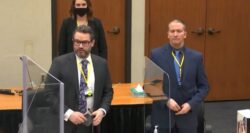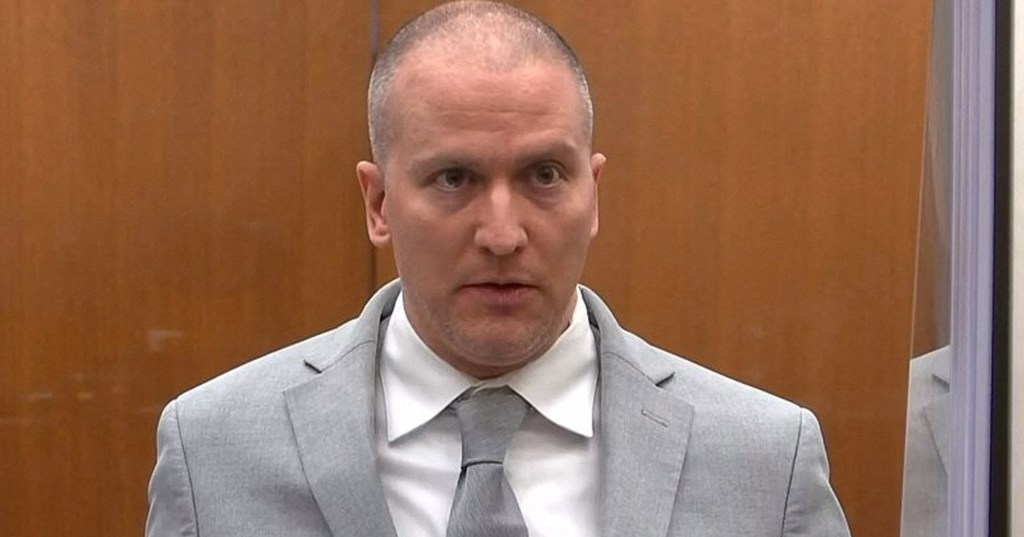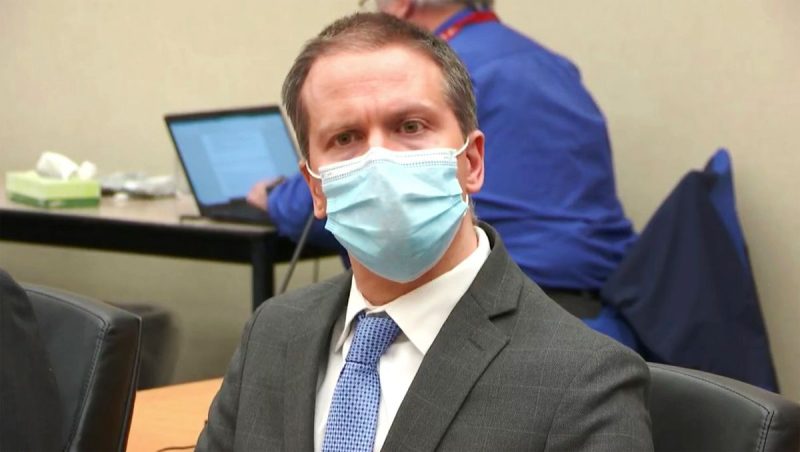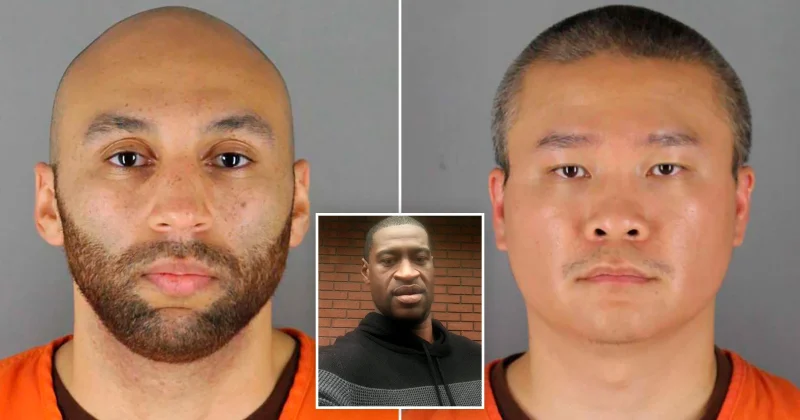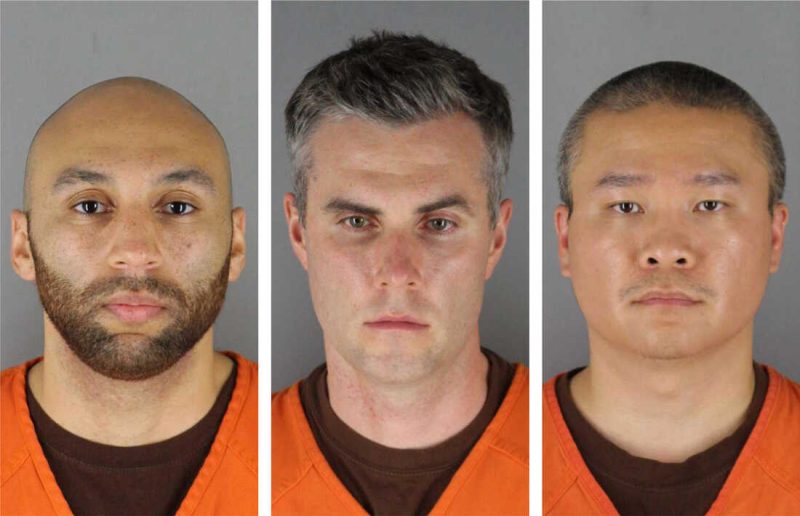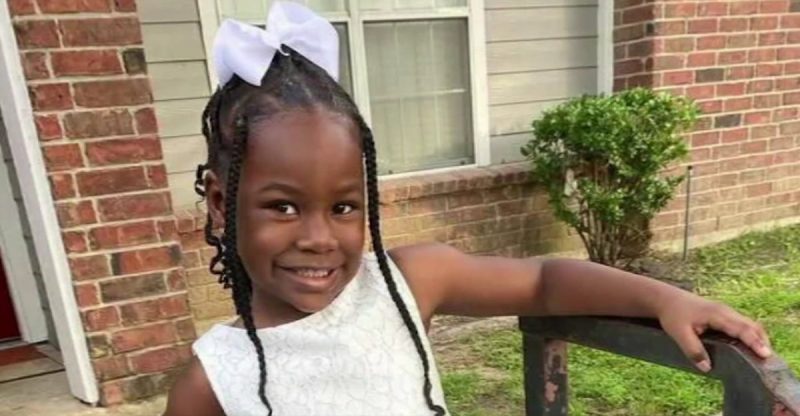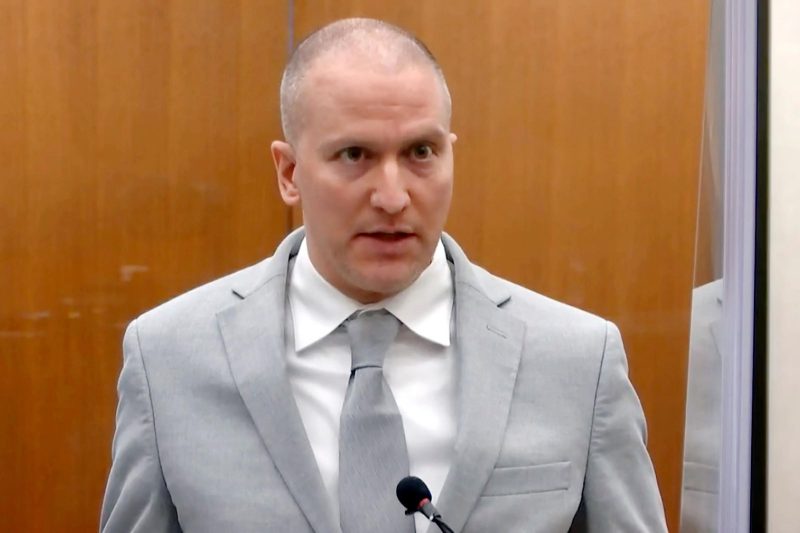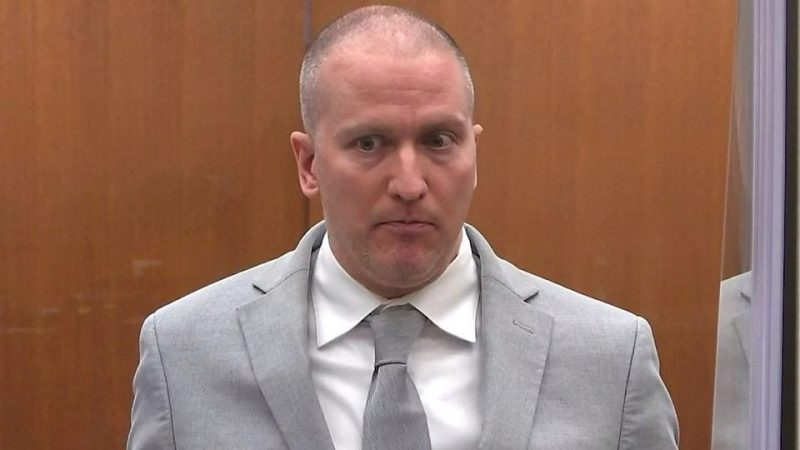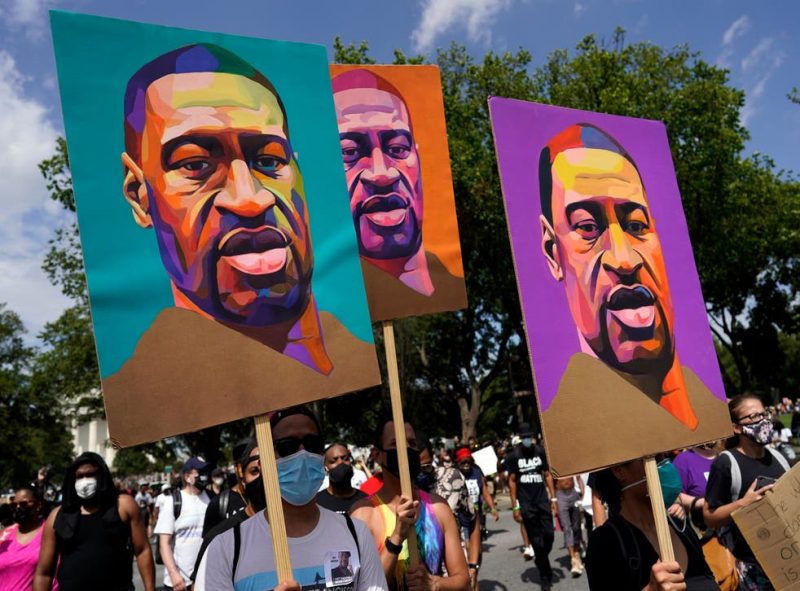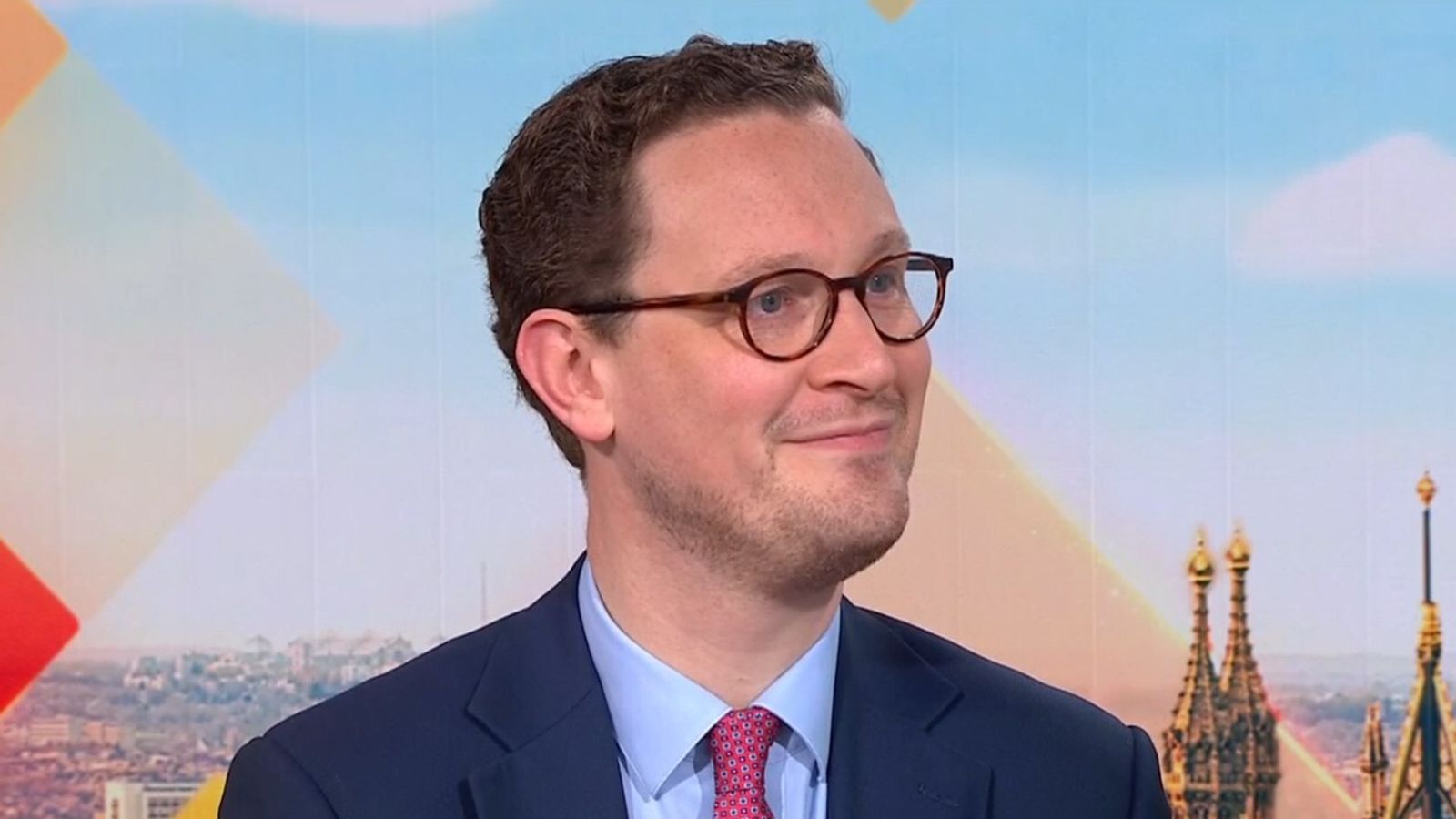GEORGE FLOYD: DEREK CHAUVIN TRIAL
DAILY ROUNDUP From the Trial
Related
Key Highlights
- Doctors testify Floyd died because of lack of oxygen caused by kneeling on his neck and back
- Floyd’s blood and a few white pills found at crime scene
- Four police officials testify against Chauvin saying he used excessive force.
- Chavin violated policy says police chief
- Police officers – incl. longest-serving officer give rare testimony against Chauvin
- Paramedics take the stand – ‘I was trying to give him a second chance at life.’
- Floyd’s girlfriend says both had chronic pain and both addicted to opiods
- New footage shows Floyd pleading with officers
- First bystander sobs on stand
- Witness says Floyd was ‘friendly and approachable despite appearing ‘high’
- A firefighter was prevented from administering medical help to George Floyd.
TRIAL DAY 9
Three Medical Experts Testify
Three medical experts testified today about why they believe George Floyd died and what was found in his system in May 2020.
Dr Martin Tobin, a physician in pulmonary and critical care medicine, testified after having reviewed the medical records in the Floyd case.
“Mr Floyd died from a low level of oxygen,” Tobin testified. “And this caused damage to his brain that we see and it also caused a PEA arrhythmia, that caused his heart to stop.”
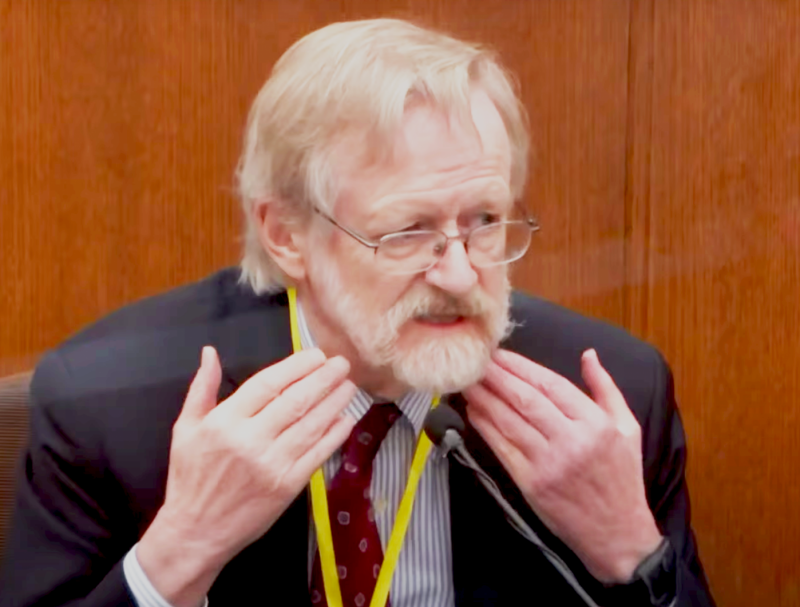
Dr William “Bill” Smock, emergency medicine physician with specialized training in forensic medicine, testified that Floyd died because of a lack of oxygen in his body.
“Mr. Floyd died from positional asphyxia. It is a fancy way of saying he died because he had no oxygen left in his body,” Smock said. “When the body is deprived of oxygen, in this case from his chest pressure and back, he gradually succumbed to lower and lower levels of oxygen until it was gone and he died.”
Dr Daniel Isenschmid testified that fentanyl and methamphetamine were found in the blood taken from Floyd at the hospital. Floyd’s fentanyl concentration was 11 nanograms per milliliter, Isenschmid said. Norfentanyl, a drug that it breaks down into, was recorded at a level of 5.6, he said.
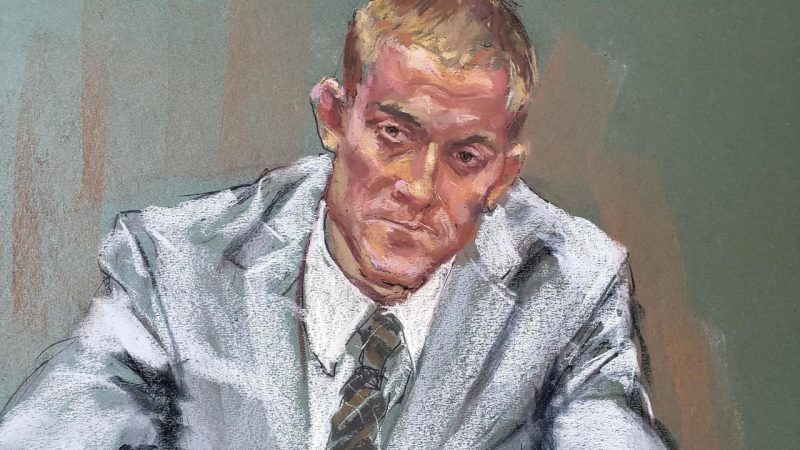
TRIAL DAY 7 & 8
Wednesday 7th April 2021
Investigators and forensic scientists testified about what they found at the crime scene, including Floyd’s blood stains and a few white pills containing fentanyl and methamphetamine.
An LAPD expert said Chauvin used excessive and deadly force on Floyd when none was needed.
The special agent who led the investigation into Floyd’s death struggled to make sense of a short Phrase Floyd said last May as Derek Chauvin kneeled on his neck.
Tuesday 6th April 2021
Four police officials testified in court. Sgt. Jody Stiger, a use-of-force expert, testified that the force used by Chauvin on Floyd was excessive.
Lt. Johnny Mercil, a use-of-force instructor with the department’s training unit, said Chauvin’s kneeling on Floyd’s neck is not a trained neck restraint tactic.
Police Officer Nicole Mackenzie, a medical response coordinator, testified that officers are required to render first aid and request emergency services when someone needs medical help.
Sgt. Ker Yang said Chauvin took a 40-hour course on crisis intervention in 2016.
TRIAL DAY 6
Monday April 5 2021
Chauvin violated policy
The police chief of Minneapolis has testified that ex-officer Derek Chauvin violated the agency’s policy on force during the arrest of George Floyd.
Chief Medaria Arradondo said the way Mr Chauvin restrained Mr Floyd was not in line with training and “certainly not part of our ethics and our values”.
The chief fired Mr Chauvin and the three other officers involved days after Mr Floyd’s death last May.
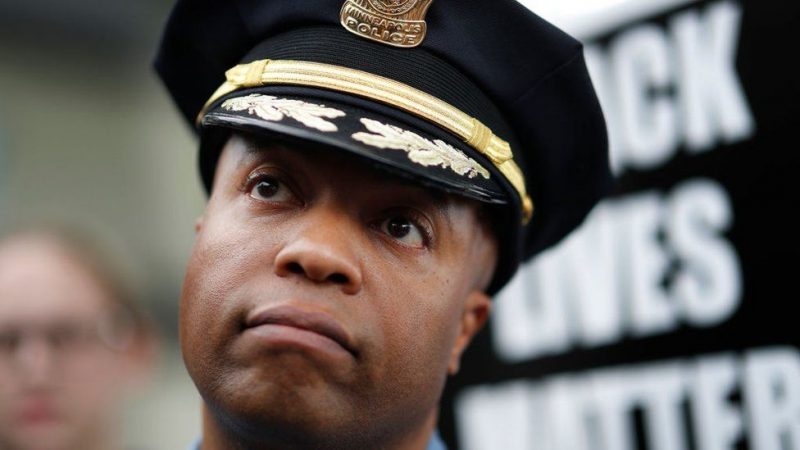
TRIAL DAY 5
Thursday April 2 2021
Police officer rare testimony
Police officers, including the longest serving officer in the Minneapolis Police Department, Richard Zimmerman, have testified against Derek Chauvin on day five of his trial over the death of George Floyd.
Floyd had no pulse when they arrived
Two paramedics have told a Minneapolis court that George Floyd had no pulse and did not appear to be breathing when they arrived at the scene.
Paramedic Seth Bravindar said he had to ask Mr Chauvin to get off Mr Floyd so that they could access the patient.
Seth Bravinder said:
- Initial call- out deemed non-life threatening
- He initially thought a struggle was taking place – soon realised Floyd was limp
- Footage shows Bravinder gesture to Chauvin
- Bravinder said he wanted to “have him move” and this was “so we could move the patient.”
Paramedic Derek Smith
- Smith says he checked Floyd’s neck for a pulse – but could not find one.
- “In lay terms, I thought he was dead” said Smith
- “When I arrived on scene there was no medical services being provided to the patient,” he adde
Bravinder cradled Floyd’ head to prevent it from hitting the road as they transferred him to a stretcher.
Once in the ambulance, they started chest compressions.
Smith thought he saw electrical activity from Floyd’s heart and delivered an electrical shock to restart it.
“He was a human being and I was trying to give him a second chance at life,” he said.
Bravinder stopped the ambulance en route to the hospital to help his colleague after the heart monitor showed Floyd had flat-lined. All further efforts to resuscitate failed.
Floyd’s girlfriend
Courteney Ross met Floyd in 2017 in the lobby of a Salvation Army homeless shelter, where he worked as a security guard and she was waiting to see the father of her son. She said Floyd asked if she would pray with him.
“It was so sweet and at the time I had lost a lot of faith in God,” she said, adding that they kissed that night.
She said:
- first meeting was “one of my favourite stories to tell”
- Both Ross and Floyd suffered from chronic pain
- Both addicted to opioids
- Did not mention if Floyd was using opioids on the day he died
Floyd’s family lawyers denounced “defence attempts to construct the narrative that George Floyd’s cause of death was the Fentanyl in his system”.
“We want to remind the world who witnessed his death on video that George was walking, talking, laughing, and breathing just fine before Derek Chauvin held his knee to George’s neck, blocking his ability to breathe and extinguishing his life”.
TRIAL DAY 4
April 1 2021
New footage shows Floyd pleading with officers
On Wednesday – court was shown new footage from the body cameras belonging to officers Thomas Lane, J Alexander Kueng and Tou Thao.
Derek Chauvin’s camera did not visually record the situation as his camera fell to the ground during the arrest.
In Lane’s footage, Floyd pleads: “Please don’t shoot me… I just lost my mom.”
He is handcuffed and continues to plead with officers Lane and Kueng, says he’s not resisting arrest and “will do anything you tell me to”.
As they try to get Floyd into a vehicle, a scuffle occurs. Floyd starts to cry and resists saying he is claustrophobic and has anxiety.
Chauvin and his partner Thao arrive as the arrest goes on.
As the officers drag him out of the car and restrain him on the ground, Floyd can be heard calling for his mother and telling his family members he loves them.
Bystanders begin to shout at officers to check Floyd’s pulse and stop restraining him.
Wednesday’s witnesses
Shop employee Christopher Martin, 19, told the court he briefly interacted with Floyd as a customer inside Cup Foods shortly before his arrest.
He said Floyd “appeared to be high” because he struggled to respond to a simple question.He described Floyd as “friendly and approachable”.
In the shop’s surveillance video, Floyd can be seen laughing, talking to people, and walking around.
The employee had sold a packet of cigarettes to Floyd and received a counterfeit note as payment. He said he knew it was fake due to color and texture but Floyd “didn’t seem to know it was a fake note.”
He considered letting the shop deduct it from his wages instead of confronting Floyd but decided to tell his manager. Another employee called the police.
Christopher Martin said he felt “disbelief and guilt” because “if I’d have just not taken the bill, this could have been avoided”.
Charles McMillian, 61, was another witness who took the stand on Wednesday.
Based on footage, McMillian appears to be the very first bystander. He told the court he engaged in conversation with Floyd, urging him to get into the police car.
McMillian says he felt “helpless” seeing the incident unfold. He can be heard on video telling Chauvin: “Your knee on his neck, that’s wrong man.”
A brief recess was called after McMillian began to sob when the court was shown footage of the arrest.
The court also saw separate footage of McMillian from Chauvin’s own body camera. Which shows McMillian confronted Chauvin about the arrest after Floyd was taken away in the ambulance.
“We had to control this guy because he’s a sizeable guy,” Derek Chauvin told Charles McMillian, as he got back in his squad car. “It looks like he’s probably on something.”
TRIAL DAY 2
Kids take the stand
Four children who were all under 18 at the time of the incident gave evidence to the court, but the cameras were switched off so the jurors could not see them and they were identified only by their first names.
Darnella Frazier, at 17, changed the world by filming George Floyd's death.
— Yamiche Alcindor (@Yamiche) March 30, 2021
Her video is at the heart of this trial, the $27M settlement for Floyd's family, the national racial reckoning, and so much more.
And, she is haunted by what more she could have done.
My goodness.
“When I look at George Floyd I look at my dad, I look at my brother, my cousins, my uncles – because they are all black,” she said, audibly crying. “And I look at how that could have been one of them.”
“I stay up apologising to George Floyd for not doing more.”
Testy response
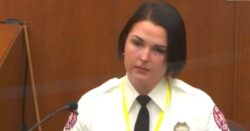
The last witness of the day was Genevieve Hansen, an off-duty firefighter, who said the officers prevented her from administering medical help that would have saved Mr Floyd’s life. She was rebuked by the judge for her testy responses to defence questioning.
Blood choke
Witness Donald Williams II, who is trained in mixed martial arts, was questioned for over an hour by the prosecution and defence on Monday and on Tuesday.
He told the court Derek Chauvin had used a dangerous technique called a “blood choke” and was moving his knee back and forth to increase the pressure on Mr Floyd’s back and neck.
TRIAL DAY 1
Floyd’s life slipping away
Donald Williams said he had been planning to enter the Cup Foods shop, in Minneapolis, Minnesota, when he witnessed the arrest of Mr Floyd on 25 May 2020. He decided against it and instead started a conversation with the arresting police officer and urged them to check Floyd’s pulse.
He told the court he could see George Floyd’s life slipping away. “He’s slowly fading away like a fish in a bag,” he said. “His eyes slowly rolled to the back of his head” until “he didn’t have no life in him no more in his body”.
Trial opens with footage
Cause of death
The defence says evidence would show Mr Floyd “died of a cardiac arrhythmia, that occurred as a result of hypertension, coronary disease, the ingestion of methamphetamine and fentanyl, and adrenaline flowing through his body”.
Witness
Court hears testimony from 911 police despatcher Jena Scurry, who deployed police to the Cup Foods shop after George Floyd was reported for allegedly using a counterfeit $20 bill.
A camera fixed on the side of the building allowed her to watch the arrest unfold. She admitted her viewing had been sporadic as she fielded other calls, but told jurors that she thought the “screens had frozen” because of the length of time Mr Floyd was kept on the ground and became “concerned that something might be wrong”.
The court also heard from those who filmed Alisha Oyler, who had been working in a nearby shop. She filmed the incident.
So pathetic that there is a trial to prove that Derek Chauvin killed George Floyd when there is video of him doing so.
— Chelsea Handler (@chelseahandler) March 30, 2021
Kneeling
Before the trial began, George Floyd’s family, civil rights lawyers and activists knelt outside the courthouse for the length of time Mr Chauvin kept his knee on Mr Floyd’s neck.

